Artwork © Cesar Valtierra
An Abbreviated History of Gay Men and Men Portrayed as Gay in
Professional Wrestling
1958
Pat Patterson debuted as “Pretty Boy.” He wore pastel pink trunks and wore crimson lipstick for his matches.
He dropped his every queer overtone in the 1960s when he became a good guy. He became the WWF’s first Intercontinental Champion, ostensibly straight to the fans of the day, though the boys backstage knew him, accepted him as their gay brother.
1992
Kevin Wacholz, a professional wrestler billed as Nailz, characterized as a maladjusted ex-convict, claimed that WWF owner Vince McMahon had sexually assaulted him.
No one took him seriously. Wacholz had a bad reputation and was angry over what he perceived as under-payment from a big performance. He attacked McMahon backstage, strangled him until other wrestlers could pull him away. Only claimed he’d been assaulted when police arrived at the scene.
But is it so absurd to imagine McMahon might have tried something, in this world muscled men, oiled and feeding legs between legs in figure four shapes, snaking thighs around waists and bending back arms? All pins and submission and sweat and screams.
1995
And the WWF preyed upon every homophobic wrestling fanatics worst fears about his fascination. Goldust: a character who wore make up, who rubbed his upper body in the ring, who wore women’s lingerie, who offered unnecessary mouth-to-mouth resuscitation to fallen foes.
1997
Sean Waltman innovated the Bronco Buster, a maneuver in which the victim, prone on the mat, head propped on the bottom turnbuckle, was subject to the perpetrator leaping and landing crotch first, bouncing his balls off the victim’s face.
The professional wrestling community made little comment on the inception of wrestling’s most openly gay striking offense.
2002
The tag team of Billy and Chuck seemed primed to cement their partnership in a gay wedding. McMahon consulted with GLAAD to put the word out to the public.
After the storyline dissolved in poor taste—a publicity stunt out of which both men proclaimed themselves “strictly hetero,” GLAAD denounced McMahon, claiming he had used them.
2004
In the late stages of his wrestling career, Chris Kanyon came out. Not in storyline, but in life.
2012
Chris Kanyon swallowed a bottle of pills. Dead at the age of 40.
2013
Darren Young came out. The first openly gay active wrester under contract with a national promotion.
One-by-one, company executives offered support. In the press. On Twitter. Hash-tag PRIDE.
Two years later, he became the first openly gay champion, in a tag team with Titus O’Neil. The Prime Time Players, after three years, living up to their name.
2016
I struggle to believe these are wrestling’s only gay men or moments—real or construed or storyline. But perhaps it does get better, when red-blooded, violence-tinged, American entertainment can not only weather, but celebrate men who love men. The suggestion that the world might grapple its way toward a new day.
Michael Chin was born and raised in Utica, New York and writes and teaches in Corvallis, Oregon. He won the 2014 Jim Knudsen Editor’s Prize for fiction from the University of New Orleans and has previously published work or has work forthcoming in over thirty journals including The Normal School, Word Riot, and Bayou Magazine. Find him online at miketchin.com and on Twitter @miketchin.
Cesar Valtierra is a graphic designer from El Paso, TX and the creator of the webcomic, Balazo.
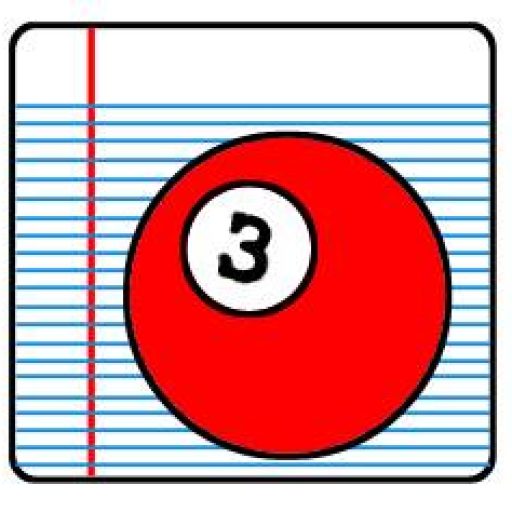



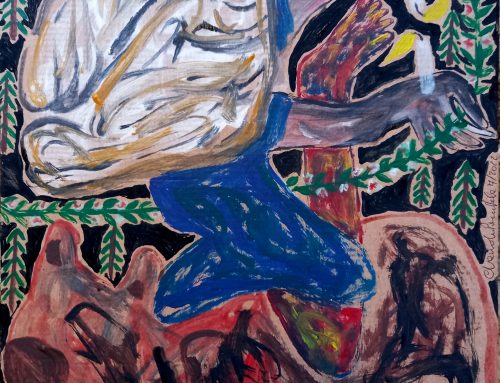
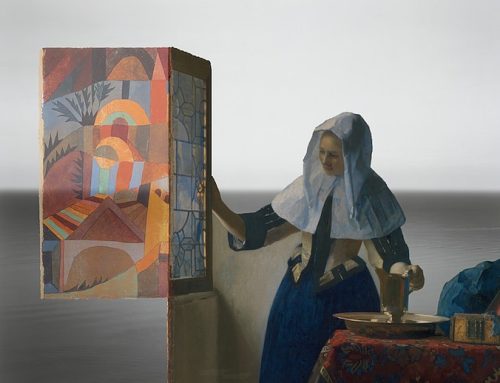


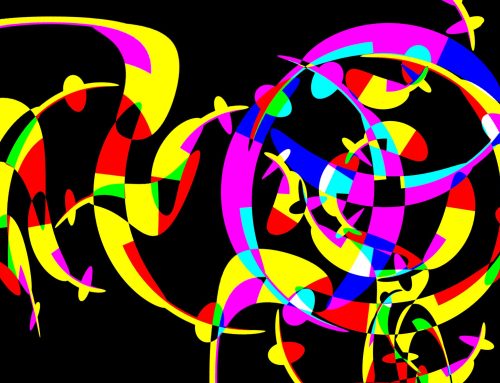
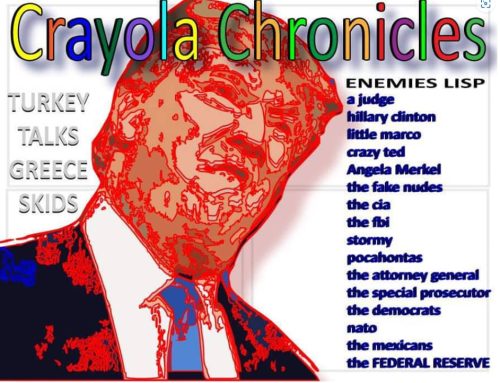
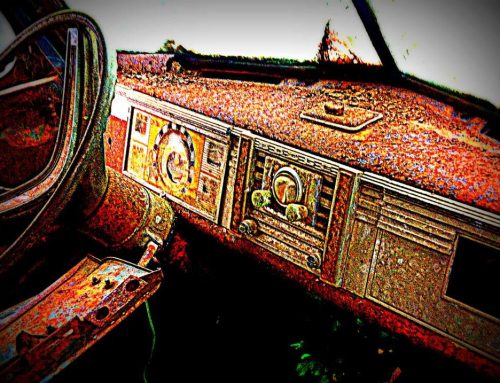
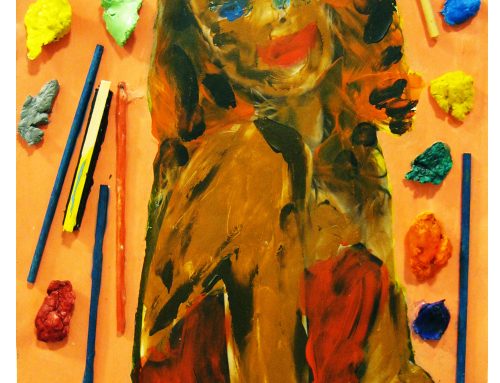
Leave A Comment